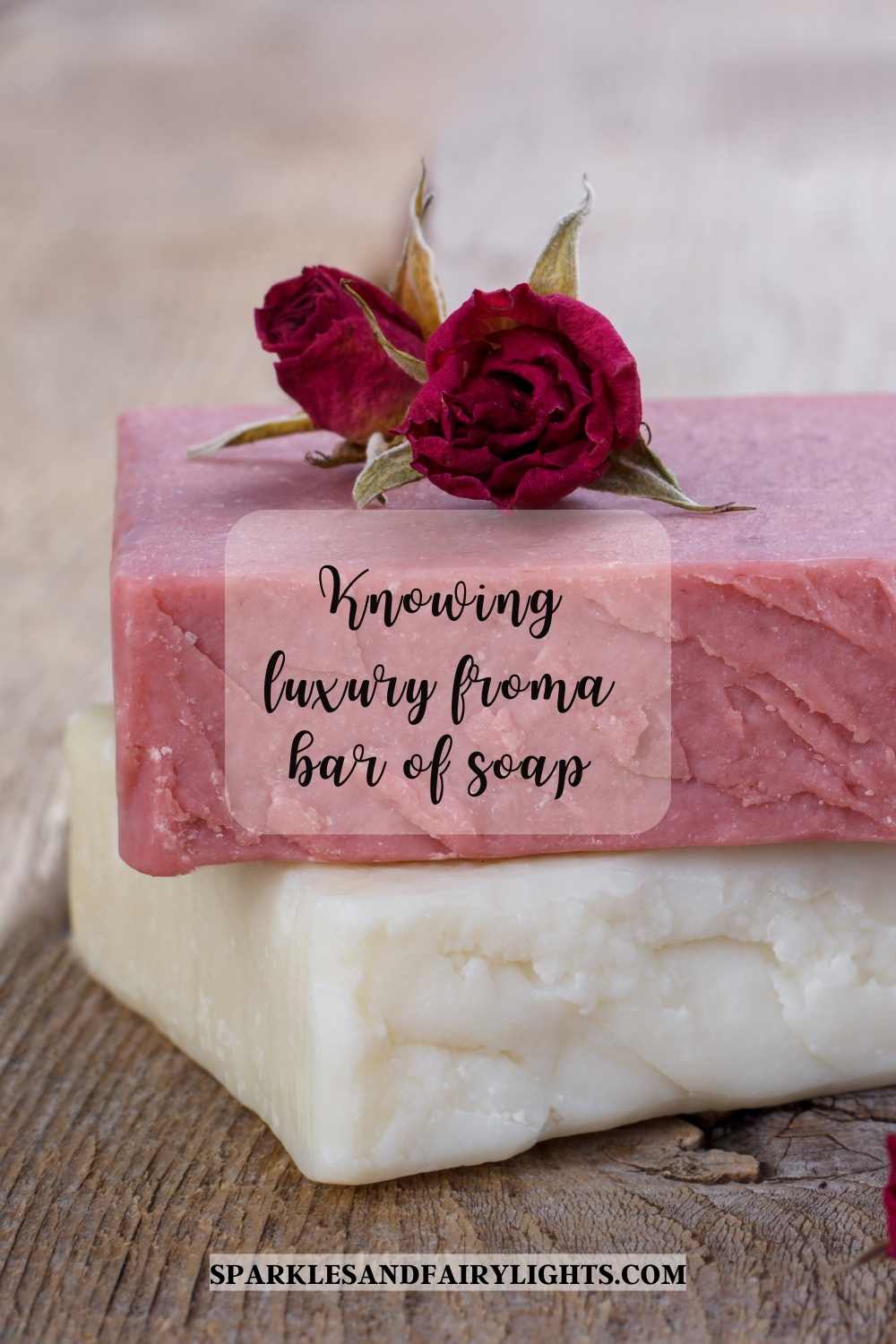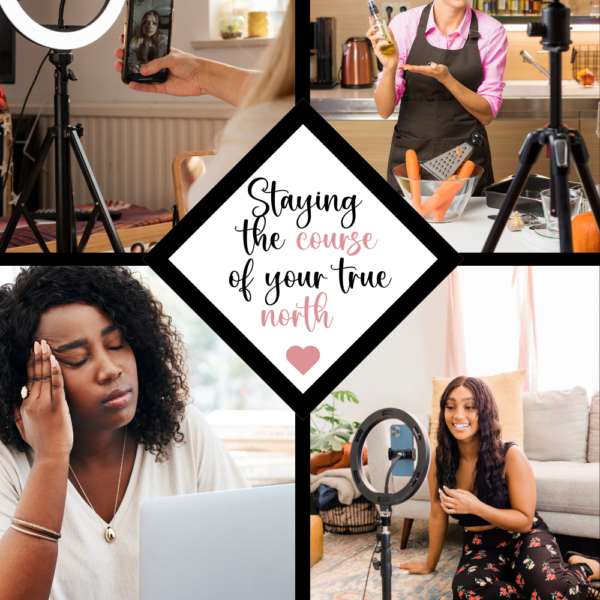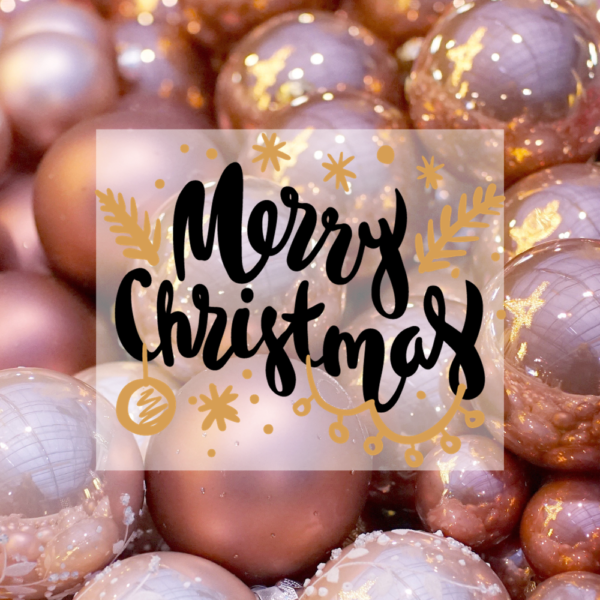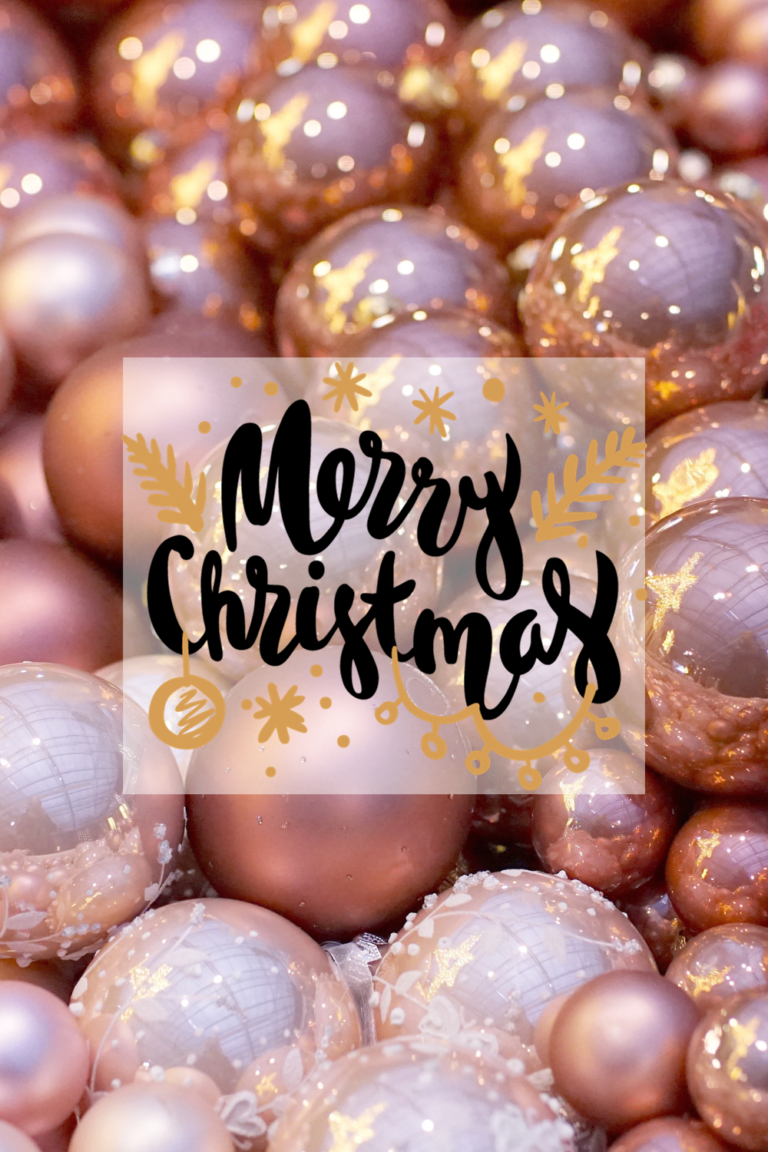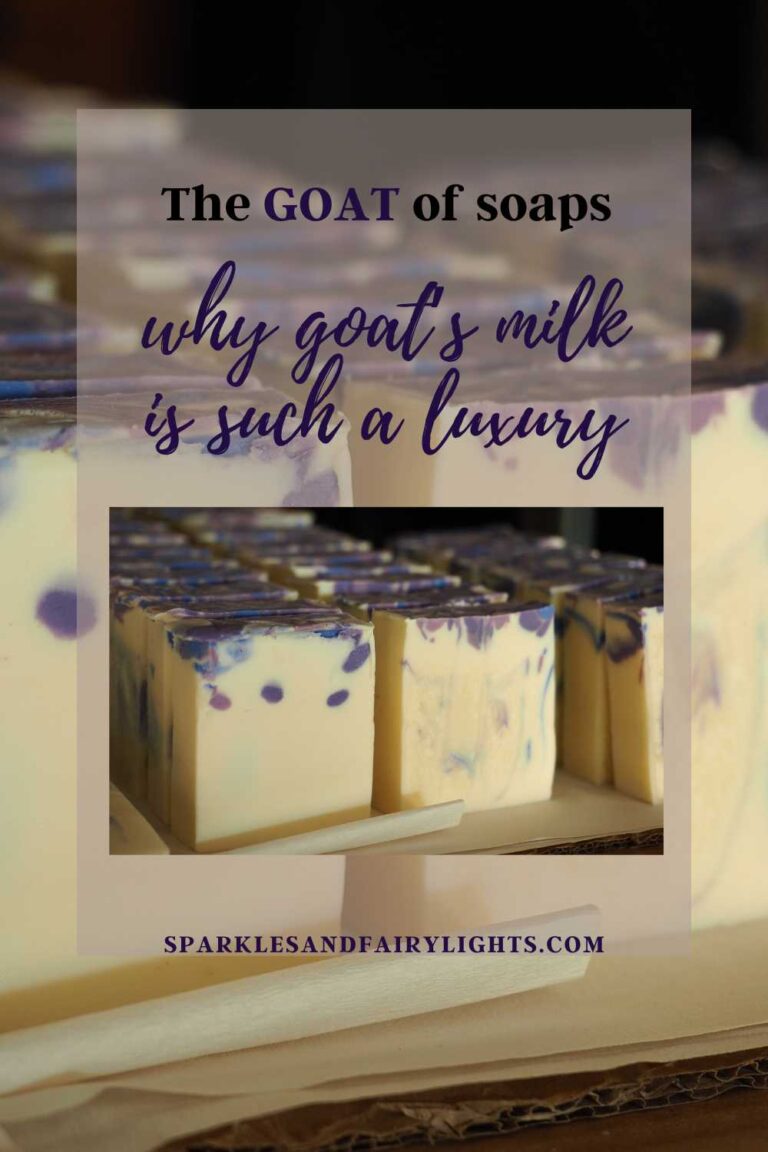Knowing luxury from a bar of soap
Soothing water at optimum temperature combined with the cleansing lather of soap, bubble bath or any other cleanser seems just the thing to wash away our concerns. How incredibly gratifying to incorporate something so simple yet so little luxurious into a taxing routine. Where did the art of soap-making start, and what about it makes it such a staple, but yet so luxurious?
Indulgence of a scent-infused, sudsy bath or a hot shower after a long day at the office, possibly kick-starting a relaxing big night in – especially when life’s stresses threaten to overwhelm – is arguably celestial bliss. Certainly one of life’s little luxuries, don’t you agree?
Soap, at its most basic, is a combination of natural oils or fats with sodium hydroxide or another strong alkali, and typically enhanced with the addition of perfume and/or colouring. Origins can be traced to a number of nations or even civilisations, depending on the source consulted – the Mesopotamians, Romans, Egyptians and Babylonians all had a role to play.
Where it all started
The American Cleaning Institute (ACI) states: “This history of soap is a long one, dating back thousands of years to Ancient Babylon. Humans have built on that knowledge to create the soaps and detergents we use to clean dishes, laundry, our homes and ourselves today.
“Many other ancient civilizations also used early forms of soap. Soap got its name from an ancient Roman legend about Mount Sapo. Rain would wash down the mountain mixing with animal fat and ashes, resulting in a clay mixture found to make cleaning easier.”
After Italy, Spain and France got into the business of soap-making, they seemingly managed to elevate it to an art and it was regarded as more of luxury than necessity. However, the ACI article expounds, “Well into the 19th century, soap was heavily taxed as a luxury item in several countries. When the tax was removed, soap became available to most people, and cleanliness standards across societies improved.”
Is it any wonder then, that the Lifebuoy brand of soap is the top-selling hygiene brand in the world today?
That said, what does the global soap market look like today? Interestingly, Fortune Business Insights elucidates the value of the global soap market and it is staggering as you can imagine. Here are the statistics:
“The global soap market size was USD 34.09 billion in 2019 and is projected to reach USD 55.29 billion by 2027, exhibiting a CAGR of 5.0% during the forecast period. Bathing bars with attractive colours and fragrances, and claim to have moisturising, skin-whitening and anti-ageing effects are gaining more popularity from end users.” It also proceeded to explain that Covid-19 has also driven the market as people seek to sanitise and cleanse. “
Soap coming into its own in Europe
The Conversation commented on the history of soap as follows:
“By the Middle Ages, new vegetable-oil-based soaps, which were hailed for their mildness and purity and smelled good, had come into use as luxury items among Europe’s most privileged classes. The first of these, Aleppo soap, a green, olive-oil-based bar soap infused with aromatic laurel oil, was produced in Syria and brought to Europe by Christian crusaders and traders.”
Aleppo has truly carved a fragrant name for itself and I, for one, hope that the people of this historic city that has given us something as fundamental as the soap we use will, one day, experience some prosperity after all it has endured due to war. So far, this year has been another one to forget as it was shaken by earthquakes and pummelled by the fists of misery yet again.
“French, Italian, Spanish and eventually English versions soon followed. Of these, Jabon de Castilla, or Castile soap, named for the region of central Spain where it was produced, was the best known. The white, olive-oil-based bar soap was a wildly popular toiletry item among European royals. Castile soap became a generic term for any hard soap of this type.”
Spain at the epicentre of soap expansion
Maple Holistics elucidates the history further, “Castile soaps origins can be traced back to the times of the Crusades. Its basic make-up was influenced by an even older soap called Aleppo soap.
“At first, production of local European soap was localised to the Mediterranean area, which slowly started spreading with the arrival of Muslim soap makers to Spain … Among all these centers, Castile rose above the rest and distinguished itself in the level of quality and cleaning benefits its soap provided.”
Crucial to the success of the Castile soap was its use of olive oil as this Spanish city had been blessed with abundance thereof. Laurel oil, which was in short supply at the time and used in the original recipe, was swapped with olive oil instead. What a happy happenstance, indeed.
The story goes that this pure white soap was very mild and effective which endeared it to Spanish royalty, and in time, other royal houses of Europe. This soap managed to enter the English market during mid-1500s. To boot, centuries later, it is still one of the best natural and bio-degradable soaps that can be manufactured by hand.
Did you know?
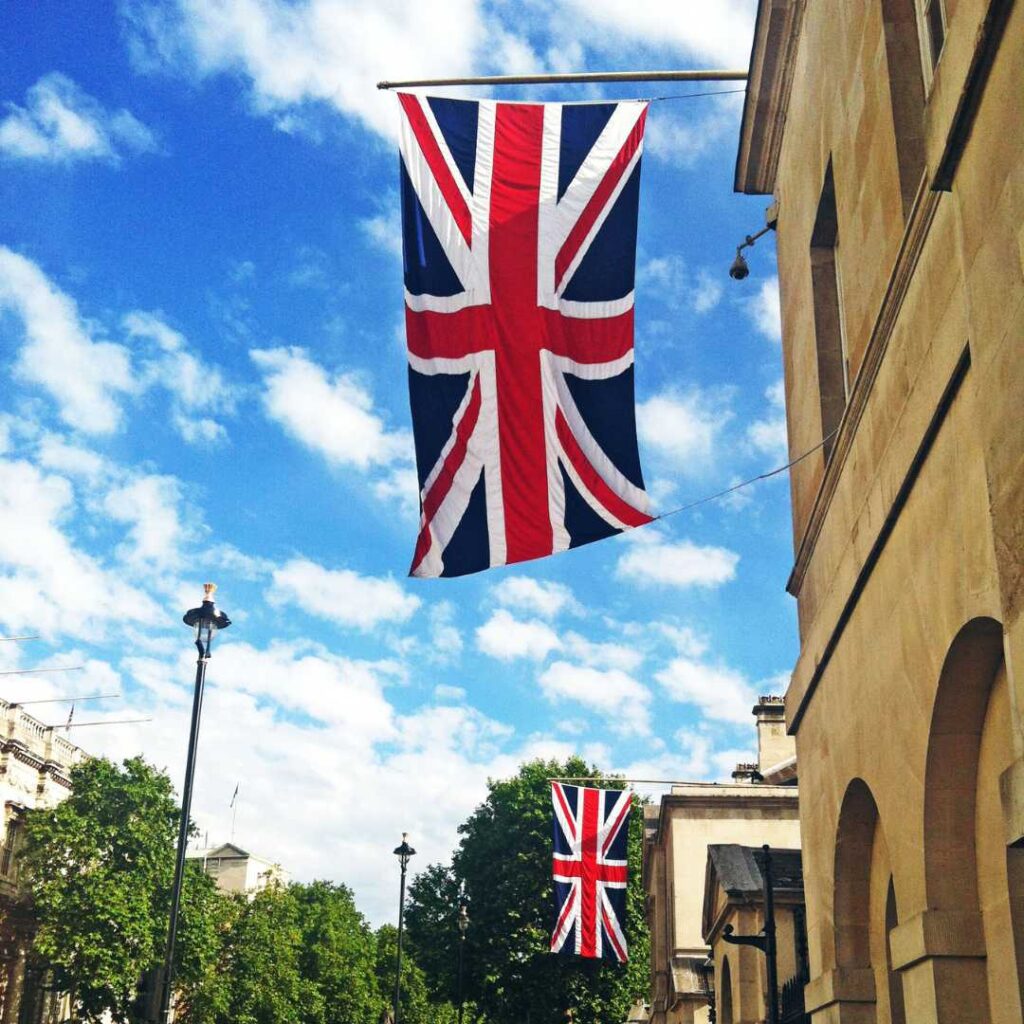
The world’s first mass-market translucent soap was Pears transparent soap produced in Britain and sold in 1807.
Yardley of London held a royal warrant and its soaps, in particular, were a staple in royal households until recently. Hello! Magazine fills us in on the details.
The rise of Palmolive and Lux in the United States
“In 1879, [Procter & Gamble Company] P&G introduced Ivory soap, one of the first perfumed toilet soaps in the U.S. B.J. Johnson Soap Company of Milwaukee followed with their own palm-and-olive-oil-based Palmolive soap in 1898. It was the world’s best-selling soap by the early 1900s.”
“Early in 1923, Lever Brothers – the company that went on to become Unilever – set out to create a richly fragranced but affordable toilet soap. LUX was the result.”
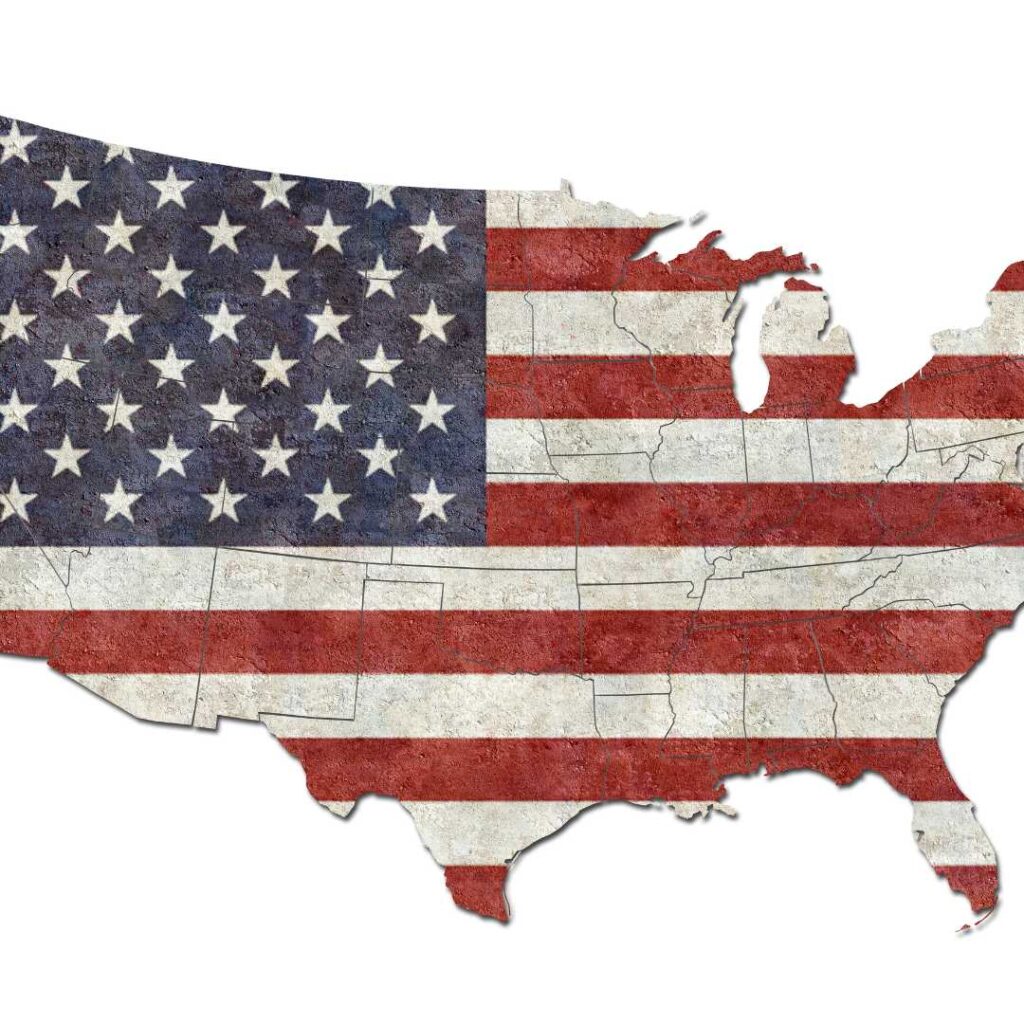
Lux has become a household name due to its link to Hollywood: Its first link to movie-star glamour was forged when the brand’s advertising agency sent cases of LUX soap to 425 actresses decades ago: 414 of them loved it enough to share their endorsements. As a result, the brand claimed that nine out of ten Hollywood stars used LUX.
Marilyn Monroe, Elizabeth Taylor and Audrey Hepburn were faces of the brand while more recent faces include Sarah Jessica Parker and Aishwarya Rai Bachchan. In my books, it is like an ongoing soap opera making the odd star turn again and again.
Luxury the French way
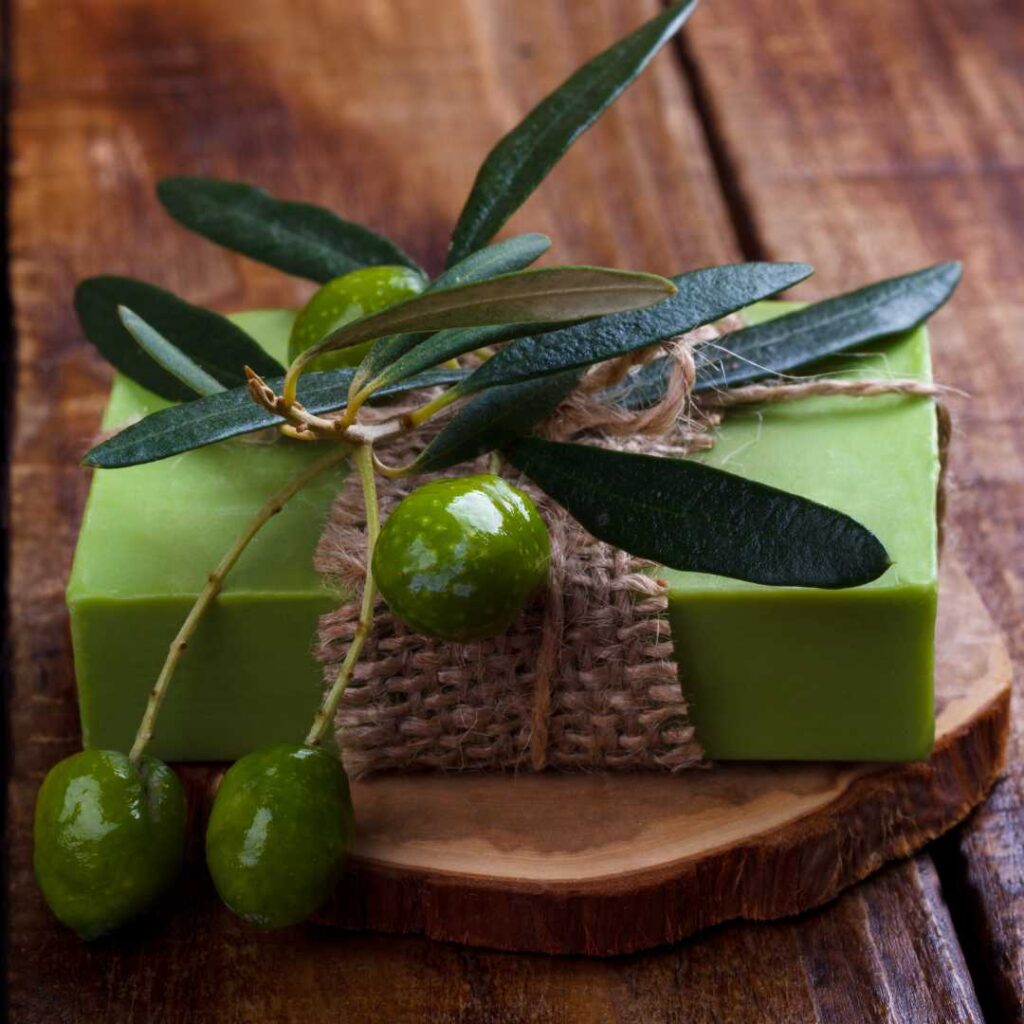
So what constitutes a high-end soap and sets it apart from its more modest peers? We turn to France for this as few do luxury quite like the French and the process to produce these high-quality items is noteworthy:
European Soaps sheds light; “Traditional French soap is triple-milled to produce a completely uniform and smooth soap, without impurities, thus lasting longer. Every bar of Pre de provence soap is not only carefully made today by dedicated soap makers in Provence following their proud traditions, but quad-milled to be smoother and have a richer lather to create our luxurious feel.”
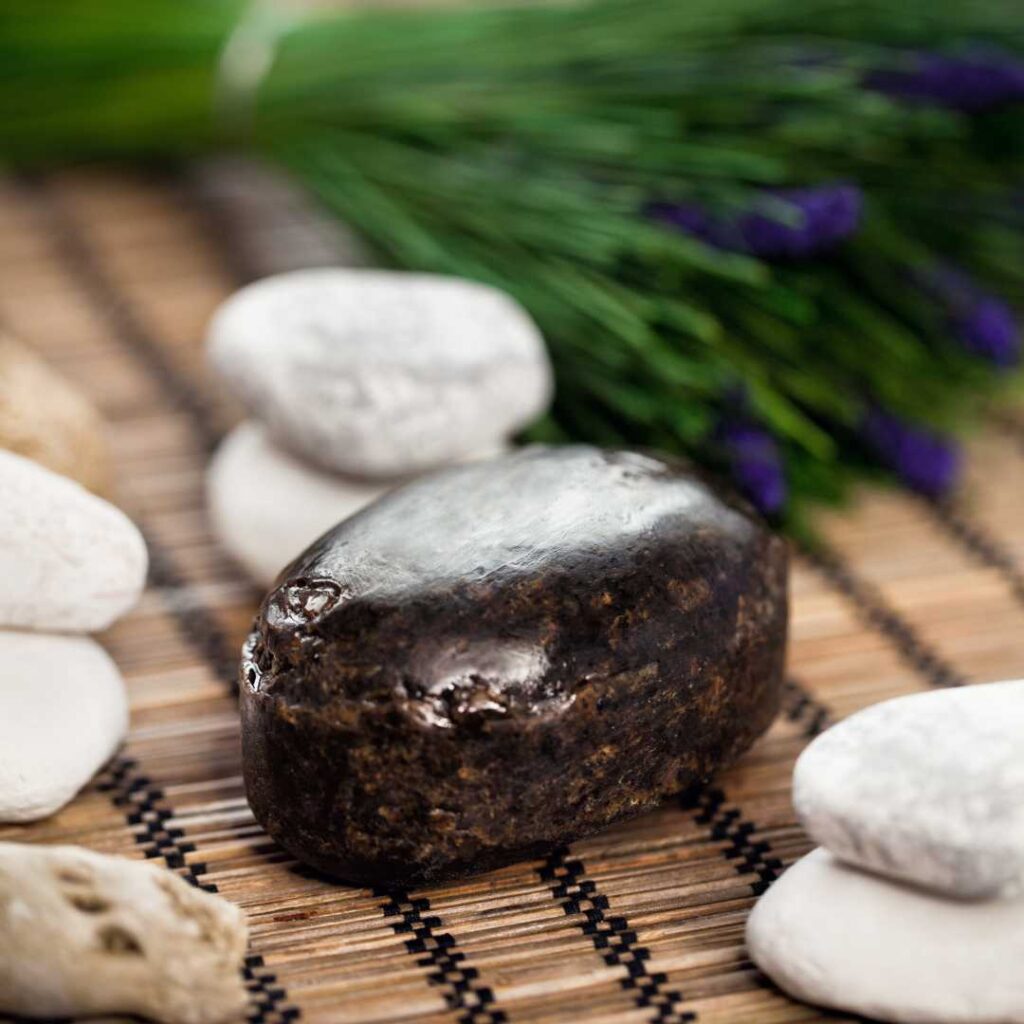
Scoring a notable and highly honourable mention is the black soap of Africa that is made of the ash of African plants resulting in the characteristic black colour. Cleveland Clinic extols its virtues, among others, its exfoliation properties:
“African black soap is much less smooth than other soaps, due to the ashes used to produce the soap, so it works as a natural exfoliant, removing dead skin cells before they clog pores and hair follicles. The plantain skins and leaves found in African black soap are naturally high in vitamin A, which can brighten your complexion, too.”
On the money
The history of shower gels and liquid soaps is only a recent one – only really making an appearance in the last 100 years or so. There is no denying it; soap is big business – none more so than in the United States. World Exports states that, “The USA is currently the largest soap producer and consumer in the world, generating around $25 billion revenues in its soap market every year.” Interestingly, the world’s biggest exporters of soap in recent times have not been historical soap producers.
The stats in numbers:
- Germany: US$1.4 billion (10.2% of total soap exports)
- United States: $1 billion (7.3%)
- China: $964 million (6.9%)
- Indonesia: $799.1 million (5.7%)
- Japan: $733.6 million (5.2%)
“Collectively, that cohort of major soap suppliers collected 35.3% of all revenues for worldwide soap exported during 2021.”
Talking about money, in 2014, a soap called Qatar made waves in the Arab world. The backstory: not satisfied with centuries-old soap-making tradition, a Lebanese family steeped in this tradition created a soap that was infused with gold and diamond powder. And yes, it cost an arm and a leg as you can well imagine.
After a whistle-stop trip through the annals of history, it is has been possible to a tiny bit more acquainted with soap’s origins and well, know it from a bar of soap.
The story of soap sure is a fascinating one, indeed. To say that things have changed over time is an understatement. There is definitely much more to be said and modern trends to cover. Join me for the next iteration.
Latest Posts
AI taking over the world? Not so fast …
Are you anxious about the effect of Artificial Intelligence (AI) on your life and livelihood? AI development is accelerating at such a break-neck pace that perhaps, like me, you are worried about future prospects and getting left behind. I have…
Staying the course of your true north
YouTube love story Turns out, YouTube is a Valentine’s Day baby. Founded 19 years ago in 2005, it has certainly transformed the content-creation landscape. Its advent heralded a time when authentic storytelling through the lens of a camera became more…
Hope, despite a turbulent start to 2024
Whatever I may have been expecting from 2024, it was not reading about the earthquake of magnitude 7.6 that struck Noto Peninsula of Ishikawa Prefecture, Japan, first thing in the new year. Neither was I prepared for a call from…
Rejoicing, mourning and harmony this Christmas
Advent Bittersweet Bittersweet perfectly encapsulates the experience many have this time of the year. Firsts are celebrated – first-time Moms, first baby steps, major milestones, first Christmases together, but also last Christmases are reflected upon. Grief and sadness trail not…
Second chances in life
Advent The Bible, the whole love letter, is about God’s love for us and his heart to give us all a second chance. The Second Coming is a pivot around which Advent is wound and why, this time of the…
- The human value and capacity driving copywriting in 2025 - March 6, 2025
- Authenticity, professionalism and hope in a curated world - February 6, 2025
- Authentic epiphany watching the trailer for “With love, Meghan” - January 27, 2025

